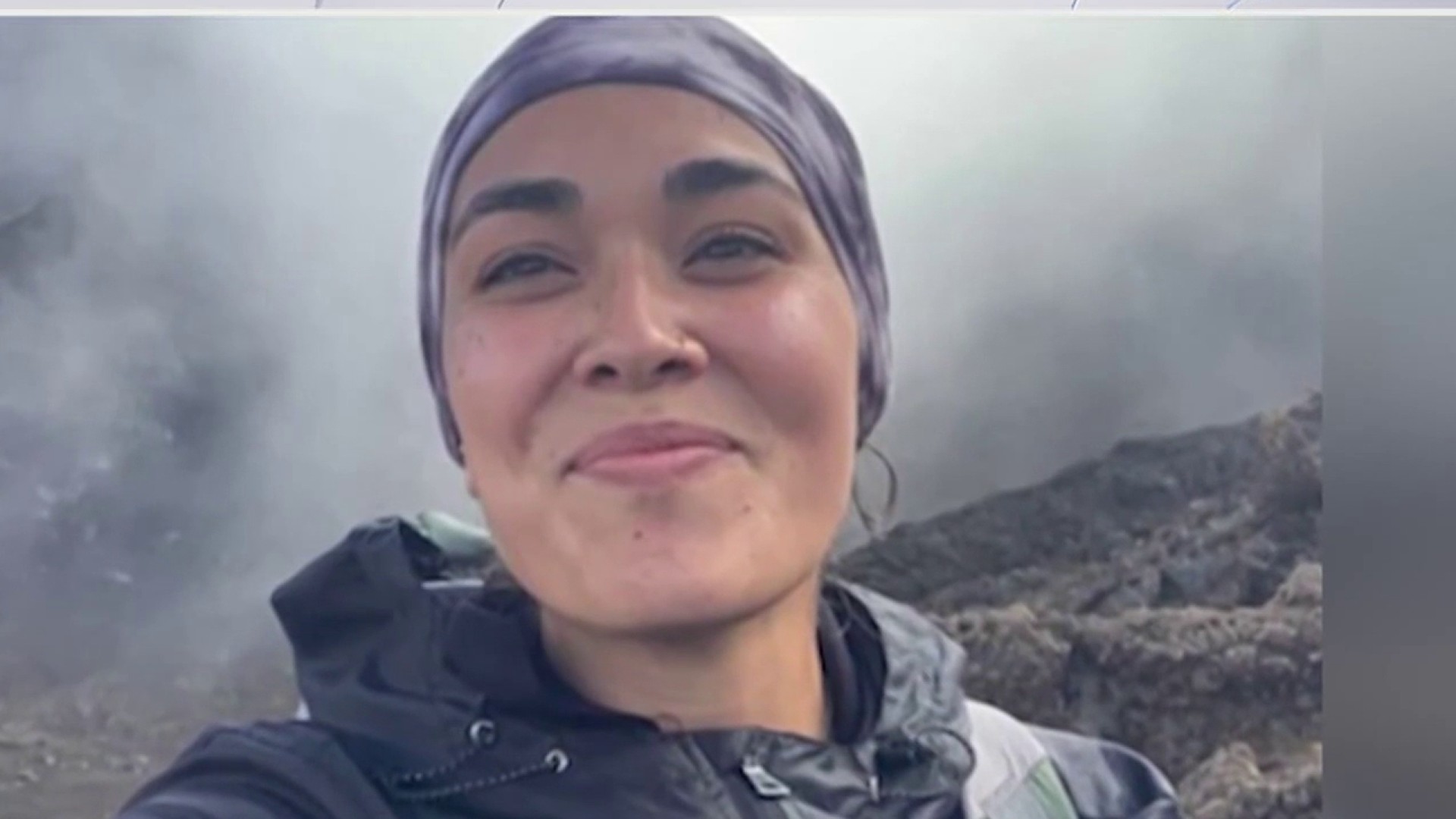The first total solar eclipse across the United States in nearly 40 years will cast partial darkness over Southern California Monday in a rare celestial event. The moon will block the sun over a nearly two-hour span, yielding a total eclipse only on parts of the North American continent.
The best views will be in the Pacific Northwest, across a large swath of the nation's midsection and the southeastern United States. The sun's corona, normally seen only during a total eclipse, will be entirely hidden behind the moon beginning about 10 a.m. as viewed from the coast of Oregon. From there, totality will continue for the next 90 minutes, cutting across the nation's midsection.
Southern California will be in the penumbra, or partially shaded area, with roughly 60 percent of the sun in shade. Several locations in Southern California are offer opportunities for watching, and many will feature experts in all things sun and moon.
As with most any spectacle of the sky, keep the forecast in mind. Southern California coastal residents may want to head inland to ensure a chance of seeing Monday's eclipse. NBC4 forecasters say a persistent marine layer will bring low clouds and fog from the night through morning along the coast and extending into some valleys.
Note: This article will be updated with more events.
Griffith Observatory: Organizers expect "very large crowds" for a free public viewing of Monday's solar eclipse. It's scheduled for 9:05 a.m. to 11:44 a.m., the time of the eclipse. The observatory will have solar telescopes available staffed by employees and volunteers to provide safe viewing. Special glasses will be available for purchase at the Stellar Emporium gift shop. Visitors were also urged to wear a hat, sunscreen and walking shoes and to bring water, as they may need to walk uphill to get to the observatory. If parking becomes full on Monday, vehicle access to the park via the Vermont Avenue and Fern Dell gates will be suspended. Visitors are encouraged to take the DASH Observatory bus from Metro's Vermont/Sunset Red Line station, which will run earlier than usual on Monday.
UCLA: "The Great UCLA Eclipse" will have everything you need to enjoy the big event -- solar telescopes, projection telescopes and a projected image on a screen for eclipse selfies. Scientists will be there to answer questions Monday from 9:30 a.m. to 11:30 a.m. at UCLA's Court of Sciences. The event will be streamed on the school's Facebook page.
Cal State Long Beach: The school's physics and astronomy department will host a viewing event from 9 a.m. to noon between campus parking lot 16 and Hillside College. There will be solar telescopes and eclipse glasses.
University of California Riverside: The UCR Department of Physics & Astronomy will be hosting the eclipse viewing party adjacent to the campus Bell Tower, beginning about 10 a.m. Monday. Using the filtered telescopes, viewers can watch as the moon blocks the sun.
LA State Historic Park, downtown Los Angeles: National Park Service rangers will be at the park, starting at 8:30 a.m. for a hike to the new Gateway to Nature center in El Pueblo. Or, just come straight to the downtown LA park during the eclipse.
LA Public Library System: Library branch locations around Los Angeles have an August schedule packed with eclipse events, including Monday viewing parties. Click here to find a location and event near you.
News
Top news of the day
King Gillette Ranch, Calabasas: Another event with the National Park Service, an eclipse program is scheduled for the Santa Monica Mountains Interagency Visitor Center at 9:30 a.m.
Rancho Sierra Vista, Thousand Oaks: Join NPS rangers at 9:30 a.m. for childrens' activities, Native American sky stories and the eclipse viewing. Meet the rangers at the Satwiwa Native American Indian Culture Center.
Santa Clarita Public Library: Celebrate with two free events at the Old Town Newhall Library. On Friday, a solar eclipse workshop will include a session on making a pinhole projector. A free eclipse viewing event is scheduled for 10 a.m. to 11 a.m.
Glendale Community College Planetarium: From 9 a.m. to noon, a live video feed from NASA's eclipse coverage will be available at the Planetarium and lecture hall. The Jet Propulsion Laboratory will supply NASA eclipse glasses.
Big Bear Lake: The Big Bear Valley Astronomical Society plans to have telescopes set up at Swim Beach. The Society expects the best viewing at 10:23 a.m. with 70 percent of the sun behind the moon.
Mammoth Mountain: Watch the eclipse at the ski resort's 11,000-foot summit. Gondola rides to the top start at 9 a.m. and riders will receive a free pair of viewing glasses.
The last total solar eclipse over the contiguous U.S. was visible in the northwest tier of the country in February 1979. After Aug. 21, the next one will happen in April 2024, according to NASA. That eclipse, however, will only be viewable in the central and eastern United States.



